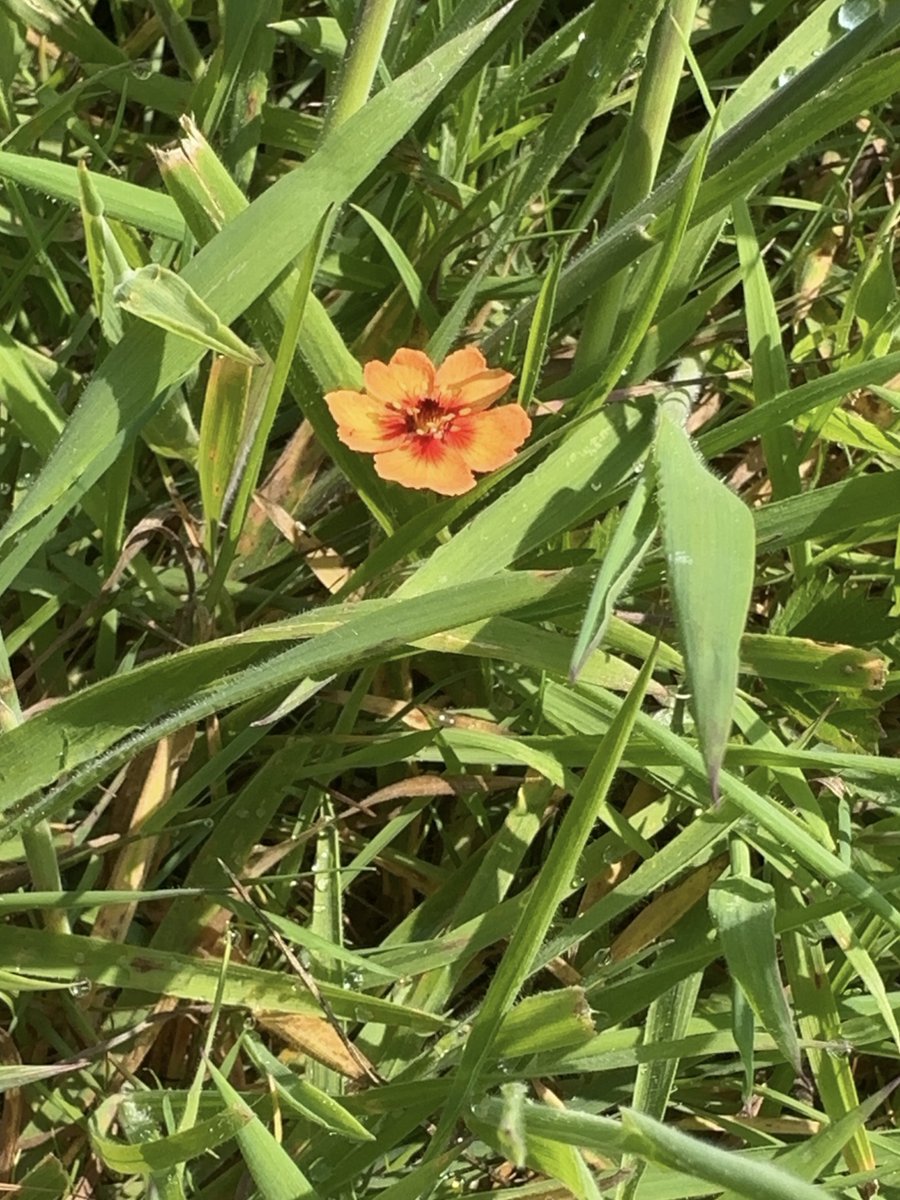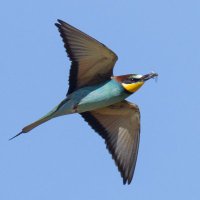
Hampshire & Isle of Wight Wildlife Trust
@hantsiwwildlife
Hampshire & Isle of Wight Wildlife Trust. Working for a #Wilder2030. Charity No 201081.
ID: 243651212
http://www.hiwwt.org.uk 27-01-2011 14:32:35
14,14K Tweet
11,11K Followers
1,1K Following


Sat having my lunch in the garden yesterday, so pleased with how my little pond wildflower area is doing. Loads of bees, dragonflies and other bugs. Pond is full of newts, snails and bugs. Bee hotel is filling up. We even have a Scarlet Pimpernel. Urbanponds101 Hampshire & Isle of Wight Wildlife Trust




































